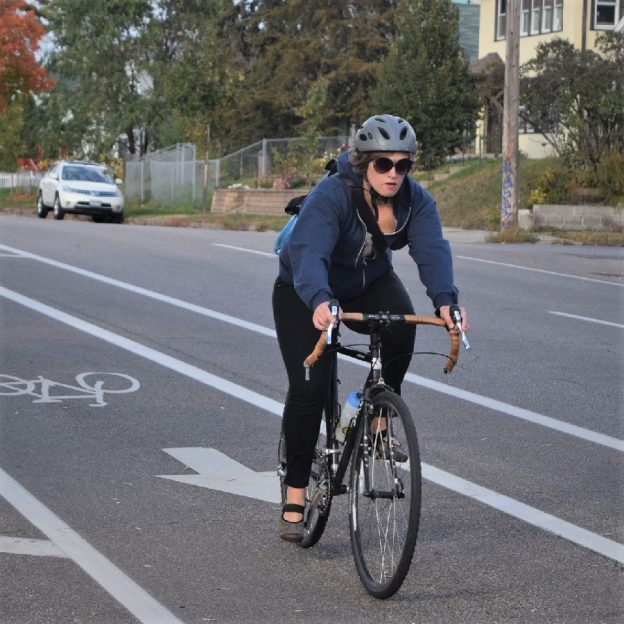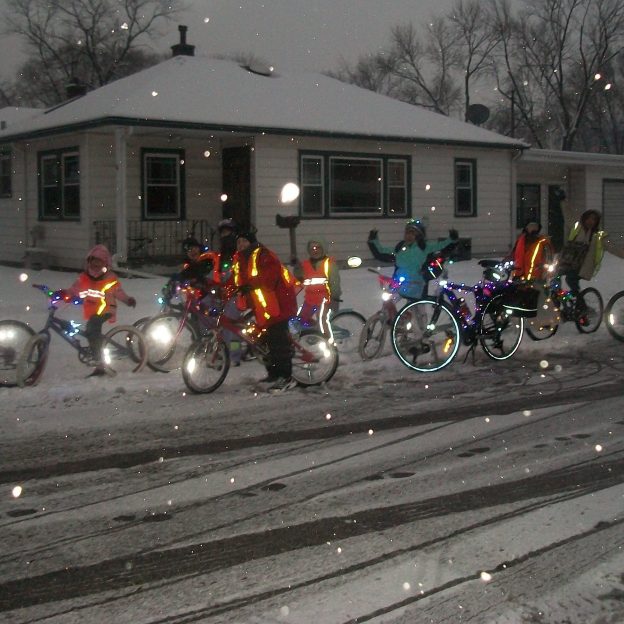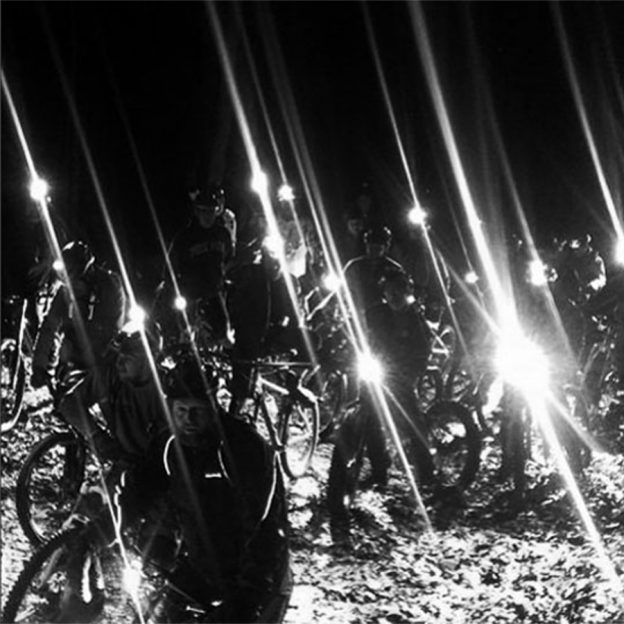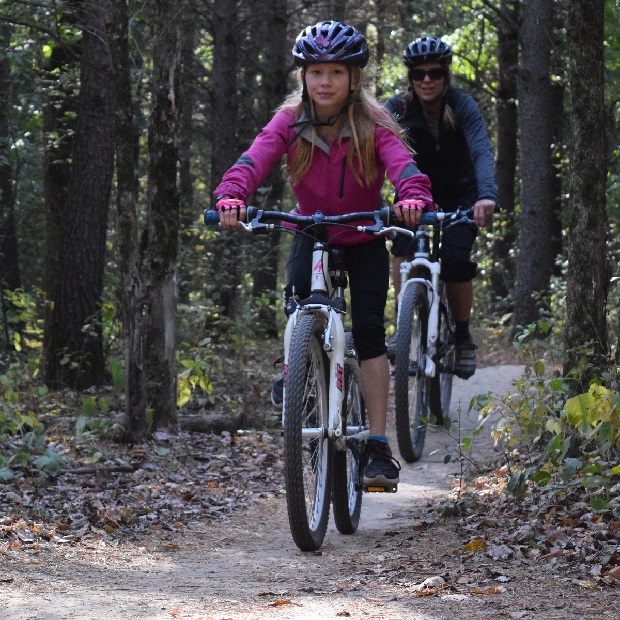Tag: commuting
-

Bike commuting necessities and niceties to make your ride great
Bike commuting is an easy way to add miles, increase fitness, jump start your energy level for the day while enjoying nature, especially with warmer weather. Once you start commuting by bike, you will find the hassle factor lessens while your overall trip acts as your workout for the day. You are saving yourself hours…
-

With more darkness then daylight the zen and the art of night biking
Seasons change and eventually we are left with more night than day. This annual march to the darkest day of the year was the inspiration Frost needed to write Stopping by Woods on a Snowy Evening and on occasion my “Little Horse” asks if “there is some mistake”, but of course frost was talking about…
-

Visibility and you, staying safe while riding your bike at night
With Thanksgiving long gone, we are firmly in the grip of winter. With colder days and darker nights, my thoughts turn to visibility on my daily commute. Here is some info and a few tips on staying visible while riding at night.
-

Rotlicht: Out of the box review for a one of a kind rear blinker
Along with Lupine’s SL-A7 we received a smaller package containing the Rotlicht blinker. With a brightness of 160 lumens this light might just be the best rear blinker ever made. Read on to see what else is hiding inside.
-

Lupine SL-A7 Road Light, out of the box and amazing first impression
I really didn’t know what to expect when I heard we were going to be reviewing Lupine’s new SL A7 light. This is by far the clearest and brightest 900 lumen light I have ever seen. My first experience with their product reinforced everything I have heard and more. Read on to learn more.
-

Bike Pic March 6, find your next adventure
With spring in the air, it’s time to get your bike ready for another season of mountain biking. To find your next adventure, see all the great places to ride and explore in the new Minnesota Bike/Hike Guide.
